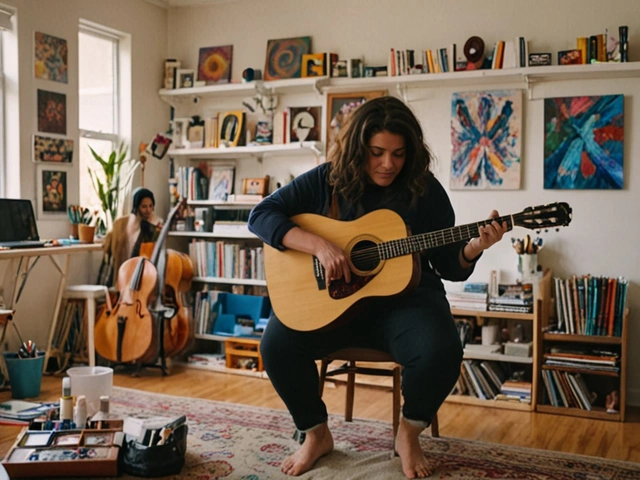Therapy: Practical Ways to Heal Your Dog and Yourself
Therapy means using proven techniques to reduce pain, stress, and stiffness. You can use massage, movement, nutrition, or tech tools depending on the problem. This page groups simple, practical therapies that help both dogs and their people.
Many therapies aim for one of three results: pain relief, faster recovery after activity, or better daily calm. For dogs that limp or seem stiff, targeted bodywork like sports massage, myofascial release, or neuromuscular work often helps. For anxious dogs and owners, relaxation tools—breathing, mindfulness, and aromatherapy—bring quick wins you can try at home.
Quick guide to common therapies
Sports massage: Hands-on work to loosen tight muscles, improve blood flow, and speed recovery after exercise. Great for active dogs and sporty owners.
Myofascial release and neuromuscular therapy: Deep, focused work on tight tissue and trigger points. Use with professional help and clear guidance.
Ayurvedic and abdominal techniques: Gentle touch and pressure aimed at digestion and overall balance; useful when appetite or bowel habits change.
Biofeedback: Tech that shows breathing or heart-rate patterns so you can learn calm responses. Helpful for chronic stress or pacing recovery after illness.
Creative arts, meditation, and breathing work: Tools to reduce anxiety and lift mood. Easy to try at home with short daily practice.
Aromatherapy and Reiki: Complementary options that may ease anxiety and support relaxation when used safely.
How to choose and get started
Start with the problem, not the label. Is your dog stiff after walks? Try a gentle massage or see a canine bodyworker. Is your dog or you anxious? Begin with short breathing exercises and calming routines before trying gadgets.
Always check credentials. Look for a certified canine massage therapist, licensed bodyworker, or a registered practitioner for human therapies. Ask about experience with dogs if you bring your pet.
Keep sessions short at first. For dogs, five to ten minutes of gentle touch builds trust. For people, try a 5–10 minute guided breathing or mindfulness practice daily, then increase as it helps.
Track results. Note sleep, mood, appetite, and movement before and after sessions for two weeks. Small measurable changes show whether a therapy is worth continuing.
Combine approaches. A nutrition tweak plus targeted massage and a daily calm routine often beats any single fix. Use simple, repeatable steps you can maintain.
If pain or behavior gets worse, stop and consult a vet or medical pro. Therapy should help, not harm. With the right choices and simple habits, you can make steady progress for both you and your dog.
Practical examples: after a long walk, do three minutes of slow stroking along your dog's back, rubbing toward the tail to relax muscles. For yourself, try a two-minute box-breathing set before meals. If you choose a pro, ask for a short demo and a written plan. Track three markers: sleep, appetite, and movement. Small data helps you pick what actually works. Share what helps with your vet or trainer so care stays consistent and progress is visible.

Exploring Mental Health Innovations: Key Trends Shaping Our Future
The mental health landscape is rapidly evolving, driven by technological innovations and a growing awareness of mental well-being. This article explores key future trends in mental health, such as the integration of AI in therapy and the rise of digital mental health tools. It discusses the importance of personalized treatment approaches and the impact of global accessibility to mental health resources. The piece aims to inform readers about upcoming changes and provide practical insights into navigating these shifts.

Top Health Juice Recipes for Effective Weight Loss
Jan, 10 2025

How Creative Arts Therapies Are Transforming Lives
Jul, 11 2024


